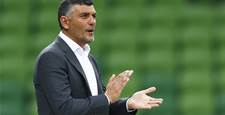Brisbane Roar and the Western Sydney Wanderers - two of the A-League’s strongest clubs this season – have unceremoniously crashed out of the Asian Champions League at the group stage.
So is the A-League failing to keep pace with our confederations growth, or are there more serious problems at hand?
When it comes to world football, Asian nations are the new kids on the block. But unlike the eponymous 90’s boy band, they’re planning on sticking around for a very long time.
So with superstars popping up in the Asian Champions League left, right and centre – and none of them in the A-League – will we ever see an A-League club win the competition again?
The Chinese Football Association certainly hopes not. Under the ambitious guidance of China’s President Xi Jinping, who has set his nation’s aims at World Cup glory by 2050, China is in a race against time to dominate world football, starting with Asia.
The Chinese method so far – in addition to the construction of 2,000 new football academies – has been throwing their financial weight around in the global transfer market.
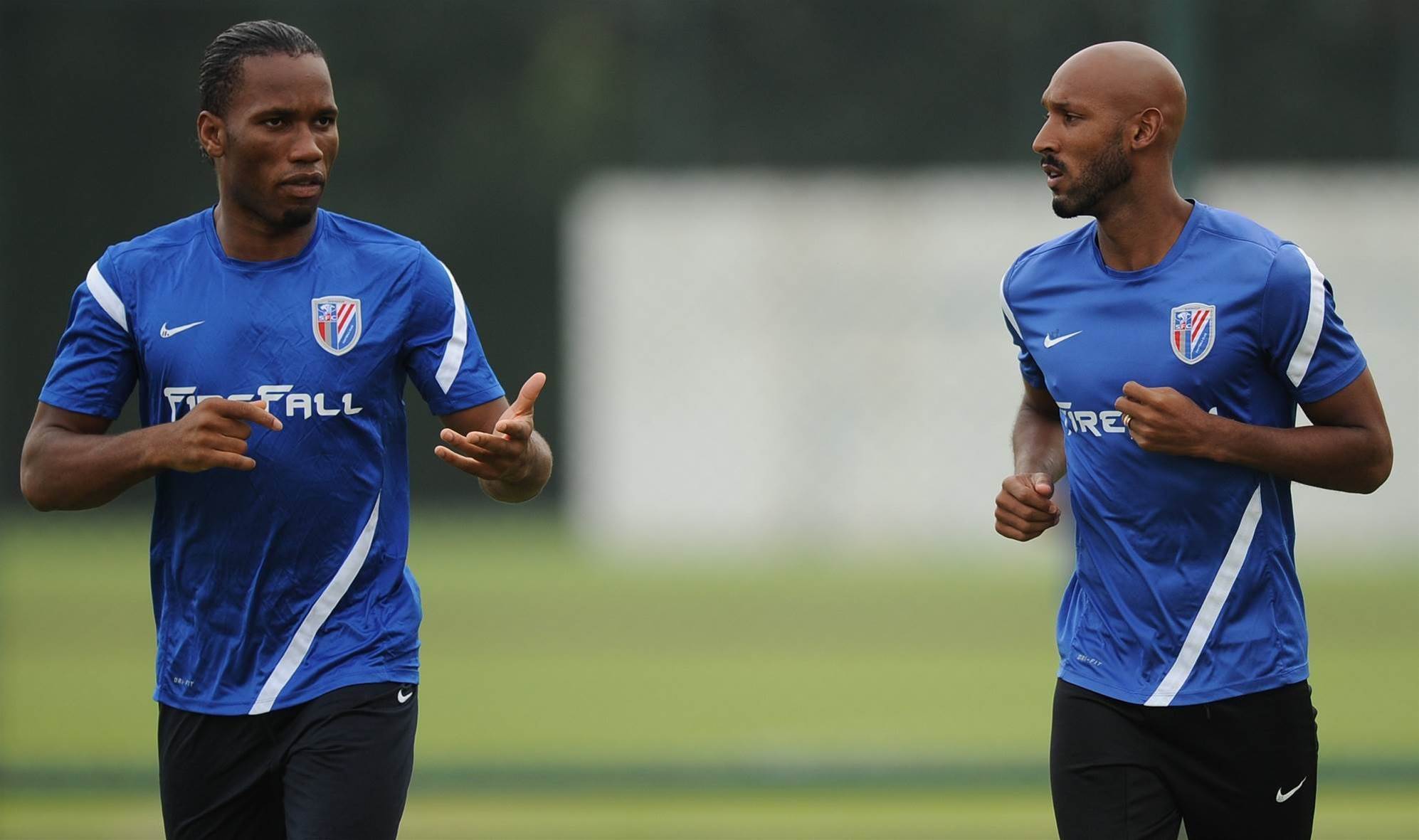
It all started with little-known Argentine Dario Conca, who in 2011 suddenly became the world’s third highest-paid footballer.
That’s right, move over Messi and Ronaldo, little known former Fluminense forward Conca became the first in-demand foreigner to take the plunge for Far East riches, earning a tidy $12.5 million a year for the privilege.
It didn’t take long before bigger names followed. It might have been because Conca’s influence was much greater than anyone knew, but suddenly star after star was drawn to mega-bucks in China.
The ageing Nicholas Anelka was the first big name, while Lucas Barrios and Alessandro Diamanti soon followed. But it was only in 2015 that the floodgates really opened.
In a single transfer window Alex Teixeira, Jackson Martinez, Ramires, Ezequiel Lavezzi, Demba Ba, Gervinho and Paulinho joined the Chinese Super League (CSL), at a total cost of over $250 million.
In a single season, China increased the market value of its entire league by over 330 per cent.

If Chinese football was aiming to make a splash, it caused a tidal wave instead. Football hadn’t experienced such a sudden influx of talent to one country since the English Premier League’s re-branding in 1995, and the huge television riches that came with it.
Sure, if China wants to win the World Cup they could have picked a better role model than England, but the point remains – Team Dragon is now a serious player in global football.
This isn’t to even mention other up-and-coming AFC heavyweights the United Arab Emirates, Saudi Arabia and Qatar – all of whom have been investing huge amounts in domestic football, and equally threaten South Korea and Japan’s traditional dominance in the region.
While national team progress may be slower for the newly cashed-up Asian nations, in the Champions League, progress is occurring rapidly.
Australia’s never been a Champions League heavyweight, but there was a time when South Korea and Japan had the competition all to themselves.
From 1995 to 2012 only four clubs outside of Japan and South Korea won the title. Since China’s meteoric rise, Guangzhou Evergrande has already won it twice.
But where does this leave the humble A-League club in Asia?
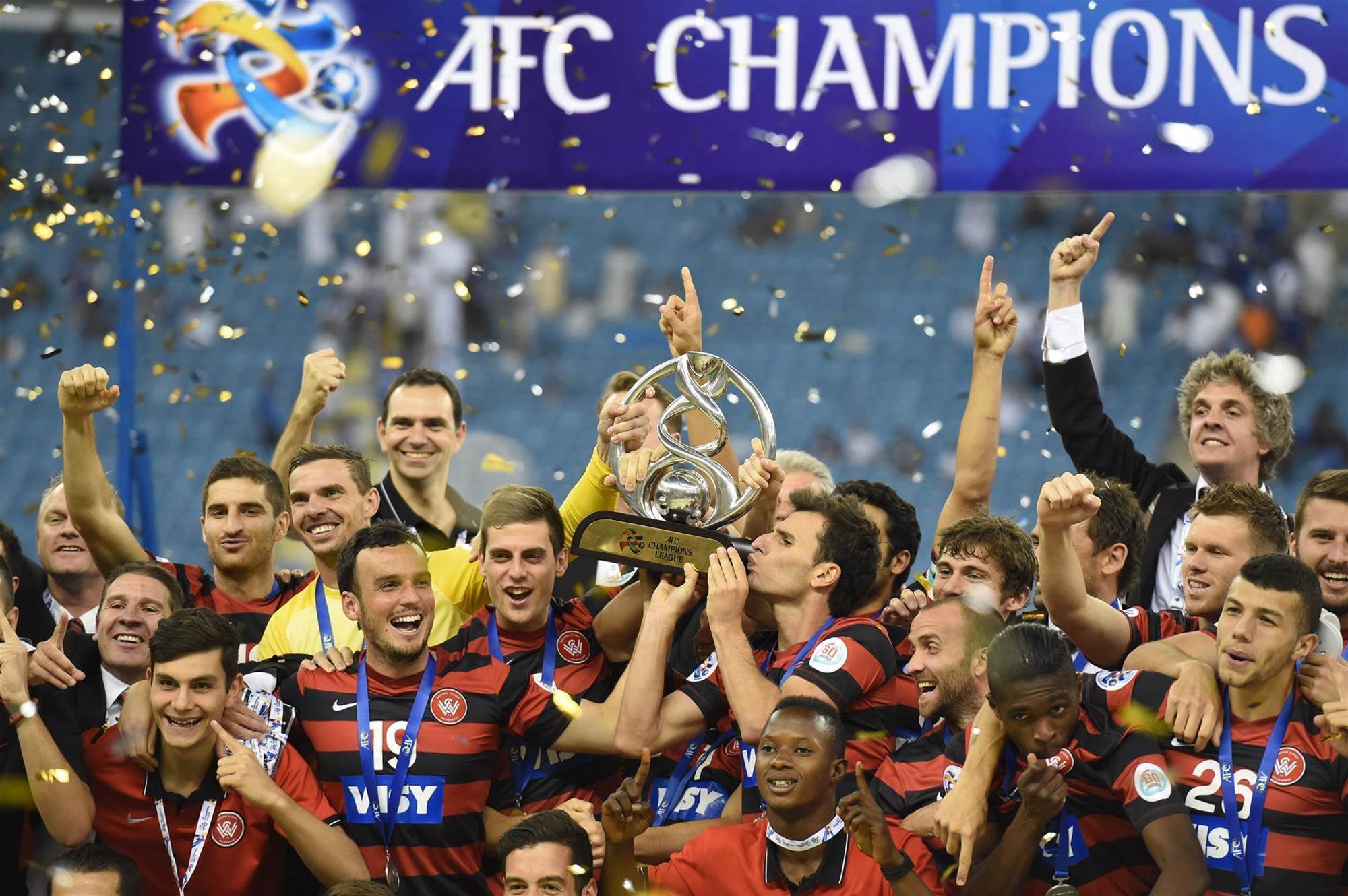
The traditional AFC powerhouses are bravely keeping their heads above water, struggling against a torrent of the world’s best (and best paid). But signs don’t look promising for a 12-year-old Australian league with a salary cap of $2.6 million.
This season, A-League clubs have a Champions League record of three wins, three draws and nine losses, with 19 goals scored and a mammoth 45 conceded.
If it sounds embarrassing, appreciate that at least Australia has three clubs competing this season – in 2015 and 2016 only two Aussie clubs qualified.
But can it all be blamed on the spending power and subsequent rise of former Asian minnows? Or are there structural and attitudinal problems preventing the A-League from delivering consistent success in the competition.
The financial disadvantage the A-League’s salary cap puts Australian clubs in is marginal – they would never be able to compete with China or the UAE in terms of investment regardless – but the cap does create fluctuating club performances from season to season.
Adelaide United is the perfect example.
After winning the league and championship double last season, this season they only just avoided the wooden spoon. With a salary cap limiting their ability to replace injured players or recover from transfer flops, an A-League season can be made or broken by a single decision.
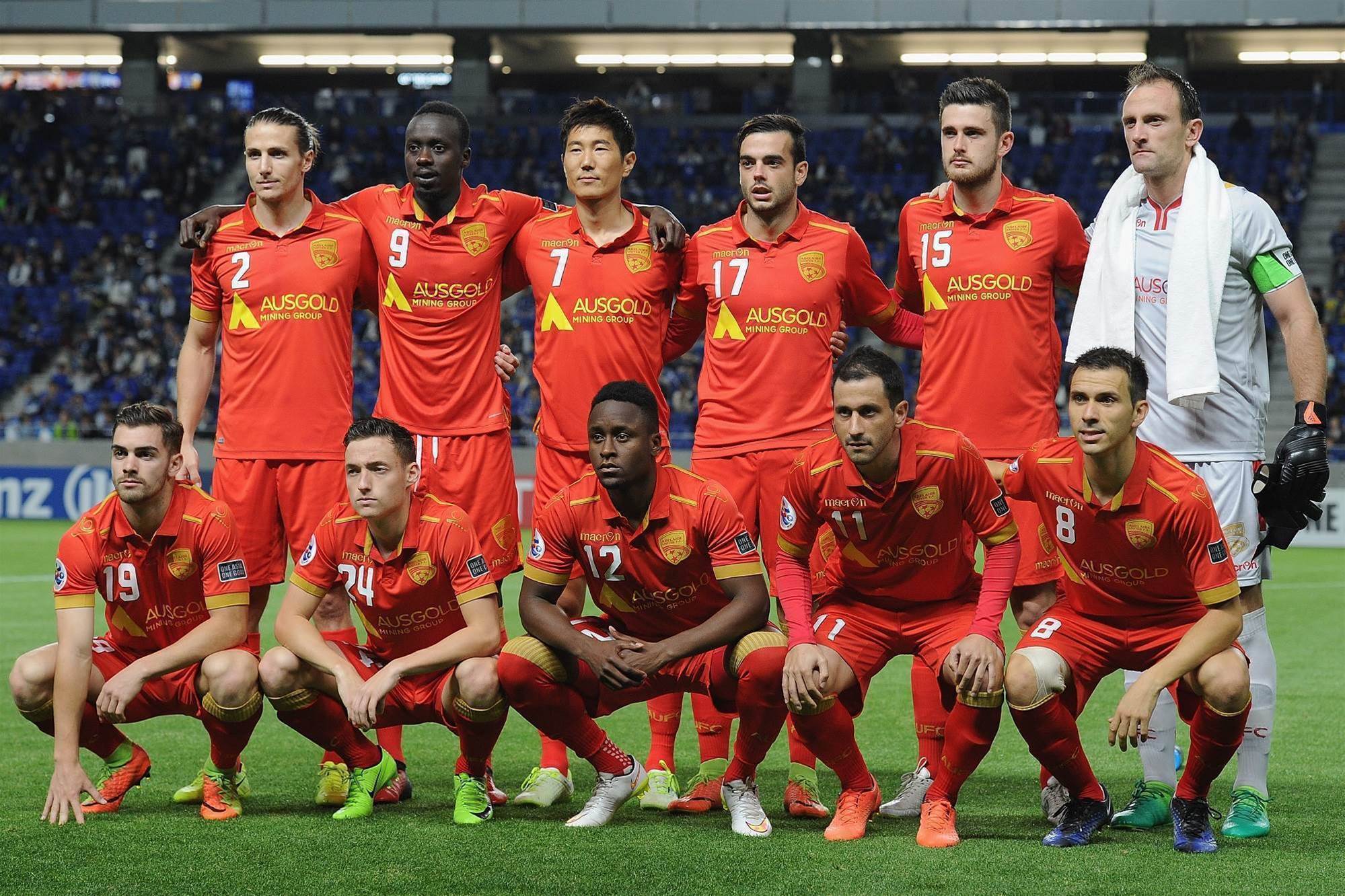
Ideally, this creates a more unpredictable, balanced league. But as our first representative in the Champions League, Adelaide doesn’t exactly give a fair representation of Australian football.
The A-League’s unpredictable nature is part of the reason many coaches treat the Champions League as a far lower priority than domestic success. Graham Arnold currently has little idea who his main rivals will even be next season, so planning for inter-continental competition is unlikely to be of the upmost importance.
This is in stark contrast to Asia’s growing powers. Guanghzou Evergrande has won the CSL six times in a row, while in the UAE’s Gulf League, either Al-Ain or Al-Ahli have won every championship since 2011.
It’s no coincidence that these three clubs have been involved in three of the past four Champions League finals. They’ve reaped the rewards of consistently facing foreign opponents, dealing with international travel and competing in different conditions.
It’s built a level of confidence and experience that, for better or worse, A-League clubs can’t currently hope to replicate. But it’s a poor excuse to treat the competition with a lack of respect.
Many A-League clubs and coaches are guilty of historically dismissive attitudes against the competition. Kevin Muscat previously decried the competition as ‘boring’ despite Melbourne Victory’s complete lack of success.
Likewise, John Aloisi chose seven players aged 21 and under in the club’s 3-0 loss to Muangthong United, despite still having a decent chance of progression to the next round.
End of season fixture congestion forces coaches to ruthlessly prioritise, but given the financial windfall and global exposure resulting from Champions League success, it’s surprising club hierarchies aren’t mounting pressure upon A-League coaches to perform in the competition.
Perhaps it’s because the attitudes of the Australian public have proven equally indifferent. Not one A-League club has registered an attendance over 6,000 people in this season’s Champions League, with average attendances less than half that of this season’s A-League matches.
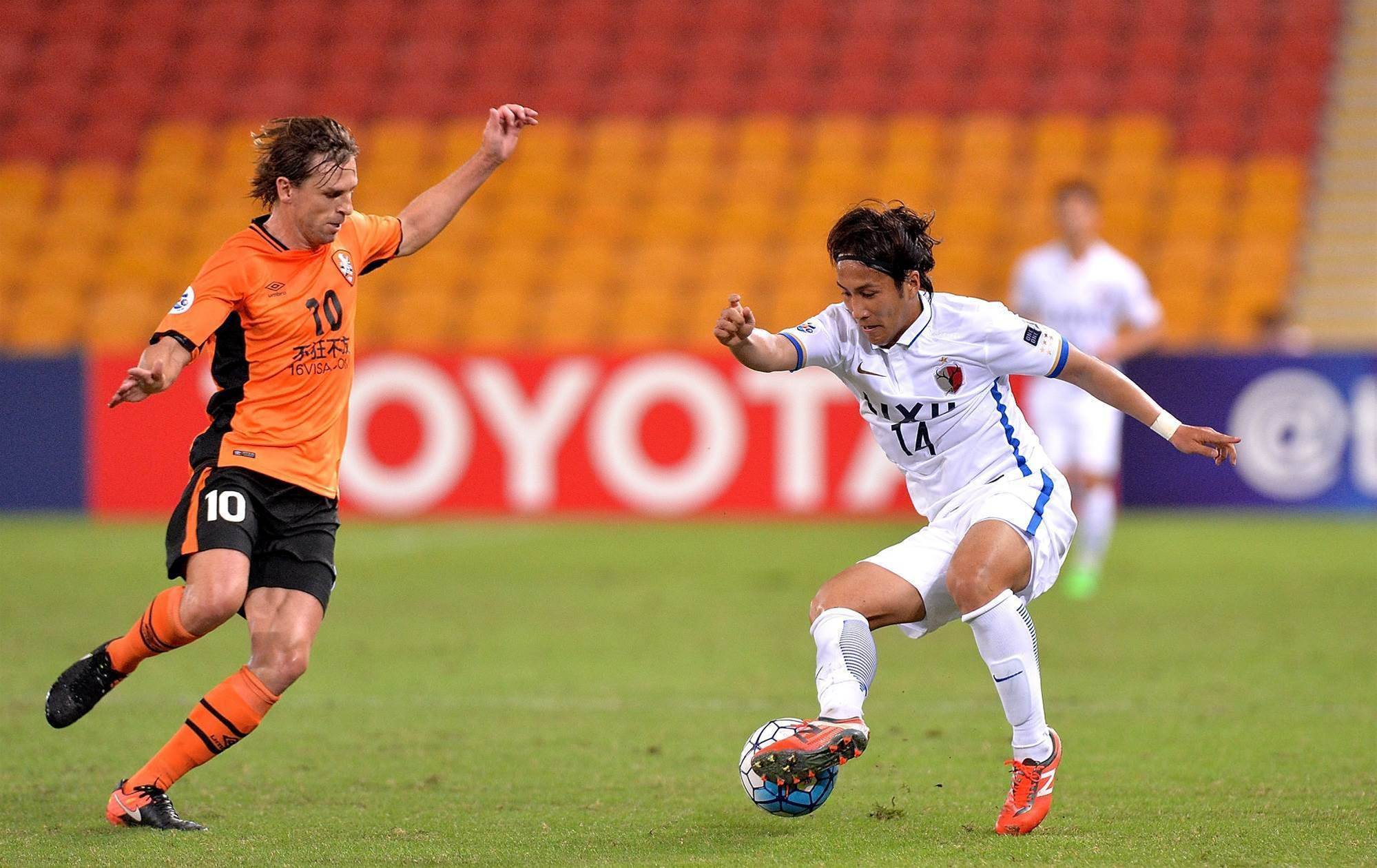
This has led to a catch-22 situation, where coaches fail to drum up excitement in the competition, fans don’t turn up and the competition’s importance is compromised. The public has let their priorities be known, with television ratings telling a worryingly foreseeable story.
UEFA Champions League matches have far exceeded Australian television ratings for the Asian Champions League on Fox Sports, once again suggesting Australia’s fickle interest in our own confederation.
It appears as if the Wanderers' 2014 fairy-tale failed to inspire other A-League clubs, the Australian public, or even the Wanderers themselves to continued interest, let alone success.
For all the talk about Australia embracing its position in the Asian confederation, it seems for the AFC Champions League at least, there’s still a very long way to go.
Who knows, perhaps when there’s as many superstars plying their trade in Asia as there is in Europe, our attention will be bought, and it might just translate to a new era of success.
But you have to wonder if even that will be enough.
Related Articles
.jpeg&h=172&w=306&c=1&s=1)
Ibusuki double helps Adelaide beat Roar in thriller
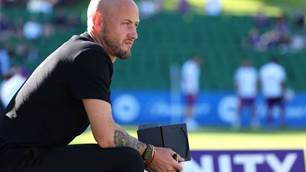
Zadkovich eyes Roar resurgence after season of turmoil





